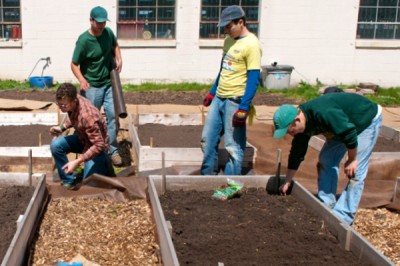Learning our own liberal-arts lessons
As a professor of communication advocating for the liberal arts, I recently faced a tough crowd. The admissions event was filled with prospective first-generation college students and their parents. I knew that if these apprehensive young people completed applications and ACTs, and if they were accepted, and if they were able to borrow enough money, they might become students on my campus—the University of Wisconsin, Oshkosh.
As I awaited my opportunity to explain our new University Studies Program of general education, I anticipated an enthusiastic response. Years in the crafting, this dramatic reform—which prioritizes the learning and skills necessary to succeed in the twenty-first century, while sparking a lifelong embrace and pursuit of civic engagement, cultural understanding and sustainability—had reignited the liberal-arts flame among faculty and staff. I was ready to represent our passionate and collective commitment, to inspire these young people and their parents. After my introduction as “the director of a new program of required general-education courses here to take your questions,” the first inquiry came hurtling my way:
What is general education?
Looking at the young inquisitor, I imagined the next steps of her academic journey in the University Studies Program. She’d start exploring in a small learning community, documenting and reflecting on her progress in an e-portfolio, receiving guidance from peer and alumni mentors, contributing

